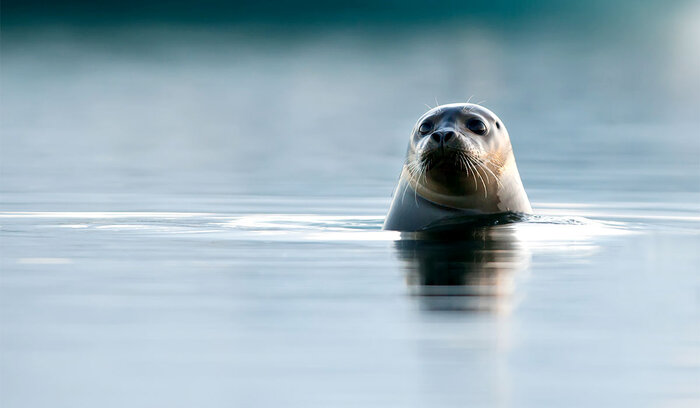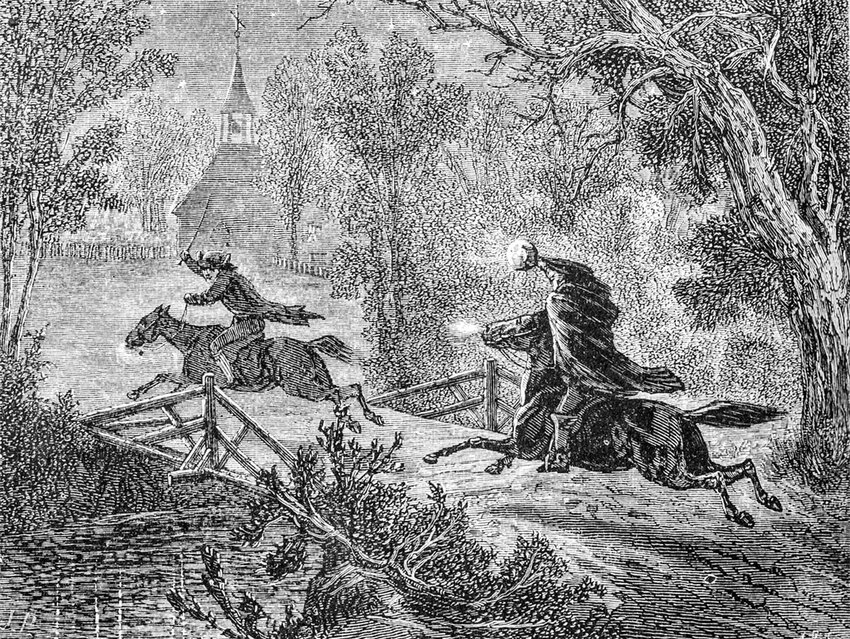
Vibrissae
[viy-BRIS-uh]
Part of speech: noun
Origin: Latin, 17th century
1.
(Zoology) Long stiff hairs growing around the mouth or elsewhere on the face of many mammals, used as organs of touch; whiskers.
2.
(Ornithology) Coarse bristle-like feathers growing around the gape of certain insectivorous birds that catch insects in flight.
Examples of Vibrissae in a sentence
"Cats use their vibrissae to hunt but also to sense the area around their faces."
"The vibrissae on seals, walruses, and other pinnipeds are much more sensitive than the whiskers of land animals."
About Vibrissae
“Vibrissae” is taken directly from the Latin, meaning literally “nostril hairs.”
Did you Know?
Many mammals have vibrissae — stiffer, thicker hairs around the face that they use as sense organs, the way some insects use antennae. Vibrissae grow from different follicles than regular hairs, and their roots are closely connected with facial nerves in order to allow them to deliver sense information. Long whiskers (“macrovibrassae”) can be moved, while short whiskers (“microvibrassae”) are stationary — though both deliver information about spaces and objects the animal encounters. Some 800,000 years ago humans lost the DNA for whiskers, which were replaced by the somatosensory cortex of the brain. Though the word “vibrissae” translates literally as “nostril hairs,” human hairs do not serve even remotely as complex a function as do cat, rat, or seal whiskers.


.jpg)





